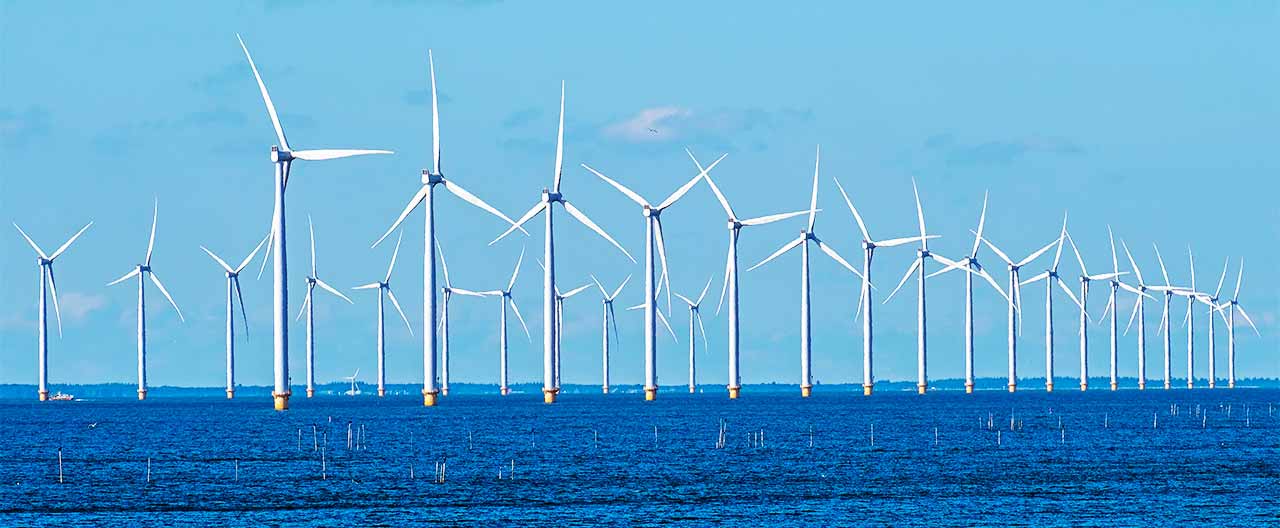- About Us
- Climate & Environment
- Our Culture
- Governance
- Stories


Chubb has operations in 54 countries and territories and can help clients manage their risks anywhere in the world.

The company took its present form in 2016 when ACE Limited acquired the Chubb Corporation, creating a world leader in insurance.

The National Geographic Society and the Chubb Charitable Foundation are partnering together to drive transformational change for vital ecosystems at the intersection of land and water.

Chubb Climate+ draws on our extensive technical capabilities in underwriting and risk engineering, bringing together Chubb units engaged in Renewables, Alternative Fuels, Climate Tech, and Risk Engineering services.

At Chubb, we recognize our responsibility to provide solutions that help clients manage environmental risks, to reduce our own environmental impact and to make meaningful contributions to environmental causes.

Chubb’s culture is defined by who we are, the behaviors we expect of each other, and what we reward and recognize.

Guided by steady leadership and a commitment to the highest levels of personal and professional integrity.



The challenge
A consortium of European and American partners constructing an offshore wind farm faced a myriad of risks and insurance challenges.
For example, United States federal law requires goods shipped between U.S. ports to be transported on ships that are built, owned, and operated by U.S. citizens or permanent residents. This law limited the scope of ships that could be equipped for the offshore wind project. As a result, developers were running barges from an installation vessel to the port, increasing the risk associated with sea travel, loading, and unloading.
How Chubb helped
Chubb stepped in to provide lead terms. They listened to the clients’ needs around coverage and gained a deeper understanding of the client’s specific requirements and offered tailored insurance and risk solutions.
The size of Chubb’s network enables us to provide multinational solutions to clients. We can craft coverage across multi-lines (e.g., onshore and offshore, marine, casualty, terrorism), and underwriters work together to understand the broader client relationship.
The opportunity to speak with clients face-to-face enables us to cultivate strong relationships. We can learn about their business, their concerns, and challenges to understand their risk better, so that we can provide the best solution that works for all stakeholders.
Chubb also supported the offshore wind farm project by bringing in specialists from its global risk engineering center. Risk engineers with offshore energy experience conducted a review, visited project sites, and sat across the table from project leaders to learn more about their business and discuss market trends. Risk managers are often assigned to focus on a single project and become well-versed in their arena, but Chubb’s risk engineers presented a comprehensive view of the potential risks the client might face by sharing lessons learned from working on similar issues with other companies around the world.

